1 setup time
Setup time (建立時間)是數據信號(D)在時鐘事件(這里以時鐘上升沿為例)發生之前保持穩定的最小時間。以便時鐘可靠地對數據進行采樣。適用于同步電路,如觸發器(flip-flop)。

2 hold time
Hold time (保持時間) 是數據信號(D) 在時鐘事件(這里以時鐘上升沿為例)發生之后保持穩定的最小時間。

3 Propagation Delay
信號傳播延時(Propagation Delay),以反相器(Inverter)為例,A輸入信號變化(0-1的50%)為開始,到Z輸出信號變化(1-0的50%)所需的時間稱為Tf, A輸入信號變化(1-0的50%)為開始,到Z輸出信號變化(0-1的50%)所需的時間稱為Tr。
Output fall delay (Tf)
Output rise delay (Tr)
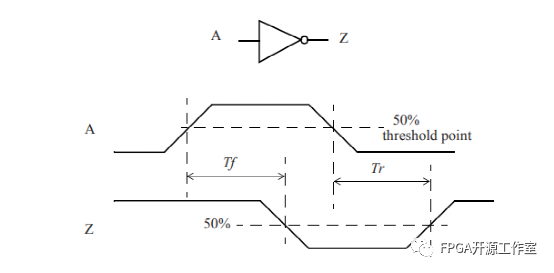
# Threshold point of an input falling edge: input_threshold_pct_fall : 50.0; # Threshold point of an input rising edge: input_threshold_pct_rise : 50.0; # Threshold point of an output falling edge: output_threshold_pct_fall : 50.0; # Threshold point of an output rising edge: output_threshold_pct_rise : 50.0;
審核編輯:劉清
-
觸發器
+關注
關注
14文章
2002瀏覽量
61281 -
時序分析
+關注
關注
2文章
127瀏覽量
22585 -
同步電路
+關注
關注
1文章
60瀏覽量
13326
原文標題:時序分析的基本概念(1)
文章出處:【微信號:leezym0317,微信公眾號:FPGA開源工作室】歡迎添加關注!文章轉載請注明出處。
發布評論請先 登錄
相關推薦
時序分析基本概念
時序分析基本概念介紹

FPGA設計中時序分析的基本概念
時序分析基本概念介紹—Timing Arc
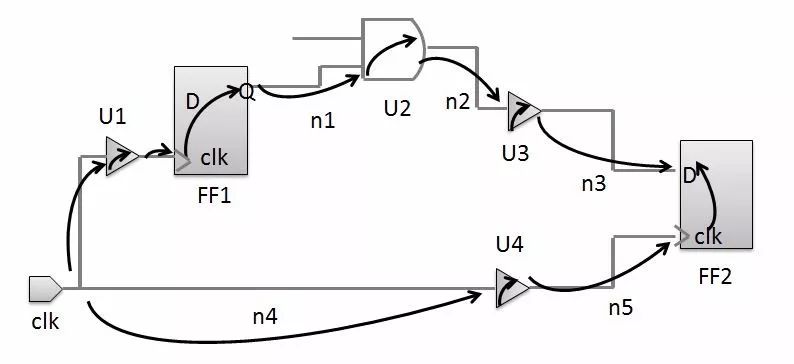
時序分析基本概念解析
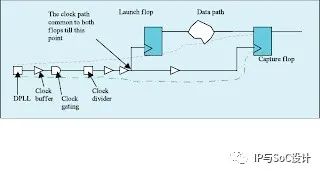




 時序分析的基本概念
時序分析的基本概念




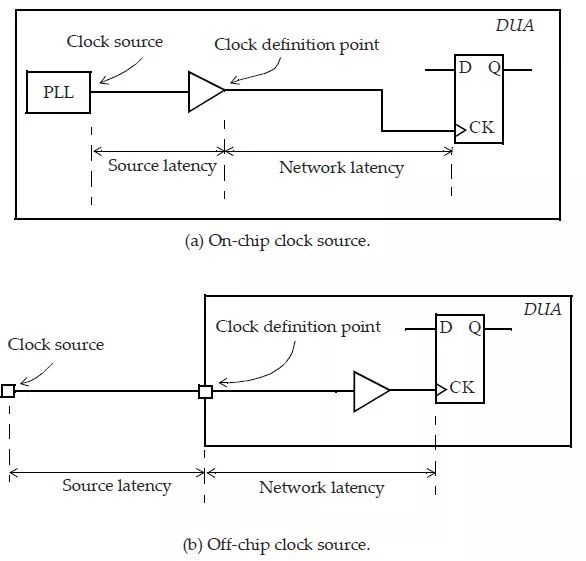
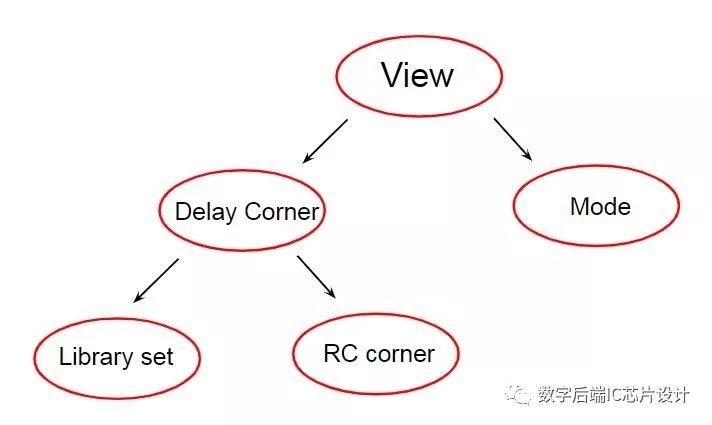
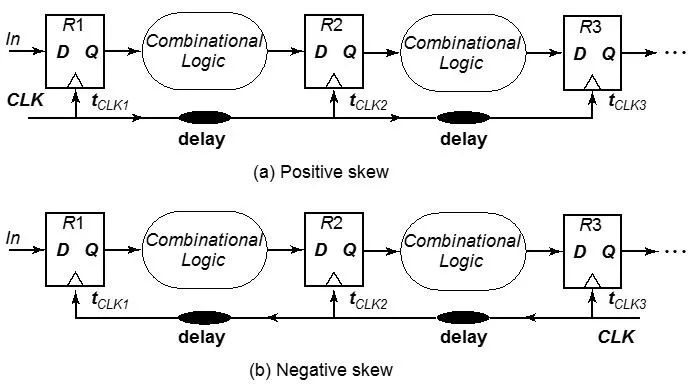
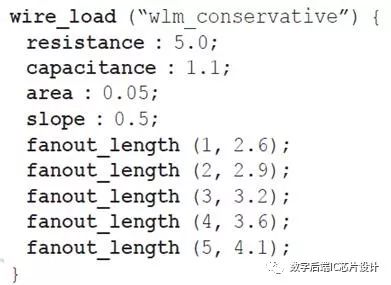
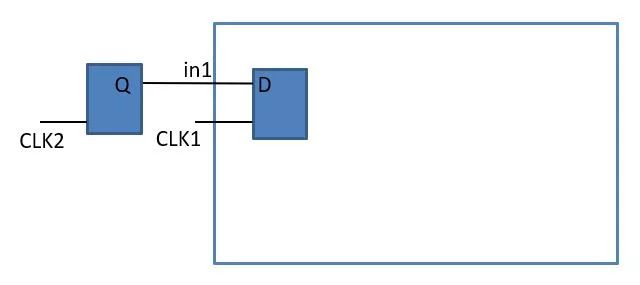











評論